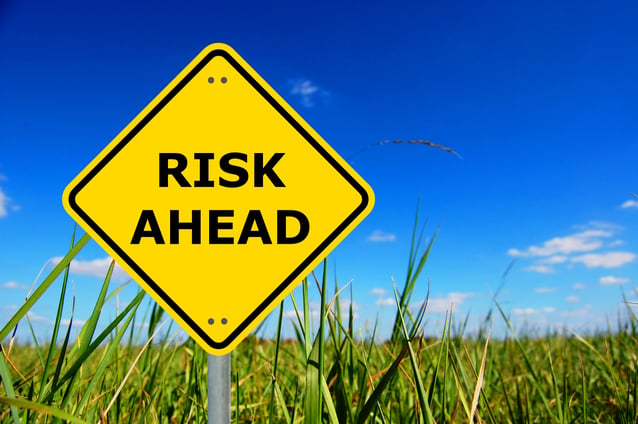
Planning Risk Management may feel time-consuming during the beginning phases of a project, but the evidence shows it pays off immensely throughout the project lifecycle. According to the Project Management Institute, high performers in Risk Management meet their project goals 2.5 times more often and waste 13 times less money than low performers.
A thorough Risk Management Plan provides an outline for the project manager and project team for how to deal with any risk imaginable. This plan includes the likelihood of the risk, the potential monetary impact, and what the project team will do if it occurs. Identifying and planning for these variables ahead of time reduces stress and allows the team to focus their efforts on more important issues.
In T&D projects there are endless risk factors that can occur such as weather delays, material issues, regulatory issues, contractor non-conformance, etc. An effective Risk Management Plan can help to reduce or even eliminate many of the common problems on a T&D project.
The Risk Management Process
The Risk Management process is simpler than it sounds. There are six sequential steps in the process for dealing with risks as described in PMI’s PMBOK Guide. These are:
- Plan Risk Management – exactly how you will perform the subsequent steps
- Identify Risks – using historical information such as lessons learned, interviewing subject matter experts, project team brainstorming, etc.
- Perform Qualitative Risk Analysis – subjectively decides which risks need to be planned for
- Perform Quantitative Risk Analysis – numerically determines the probability and potential impact of each risk (i.e. 20% probability of a $10,000 impact to the project),
- Plan Risk Responses - decides how to mitigate each risk
- Control Risks - continually addresses risks as they occur, updates the Plan, and looks for new risks
A T&D Project Example
Consider for a moment a project which intends to use a heavy-lift helicopter to pick and set structures on a 500kV transmission line rebuild during the summer months.
In a brainstorming session to identify risks, the utility foreman points out that, during this timeframe, many of these helicopters are already contracted on other projects or may be busy fighting wildfires. In this case the probability and impact for not being able to contract the needed are both very high.
Now that we have this knowledge, there are many options available to mitigate the risk. Some options may include:
- Avoid the risk altogether by planning to use cranes instead of the heavy-lift helicopter to erect the structures
- Mitigate (or reduce) the risk by shifting the schedule to pick and set these towers in the spring or fall when equipment is more readily available
- Transfer the risk to another party by contracting the work out
- Simply plan for delays in your budget and schedule
This information can be added to the risk register in the Risk Management Plan where it can be tracked and dealt with accordingly.
Of course, if this particular energy utility owns and operates their own heavy-lift helicopters or has previously arranged contracts to use one of these machines during this timeframe, the probability of this risk occurring is much lower and may not need to be planned for.
Conclusion – Risk Management is Worth the Effort
Failing to plan for potential risks can be costly and time-consuming. By planning for risks ahead of time you will greatly improve your chances for successful project completion. The data is worth repeating: high performers in Risk Management meet their project goals 2.5 times more often and waste 13 times less money than low performers. With proper planning, you and your project team can sleep easy knowing the probability of each risk and exactly how to respond if one occurs.
Do you plan for risks? How has doing so helped with project delivery? Please leave a comment below – I would like to hear from you.
Photo credit: Adobe Stock / gunnar3000


Leave us a comment below